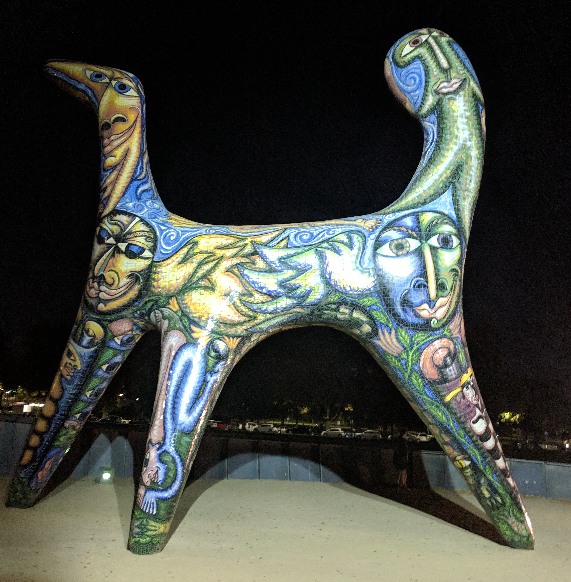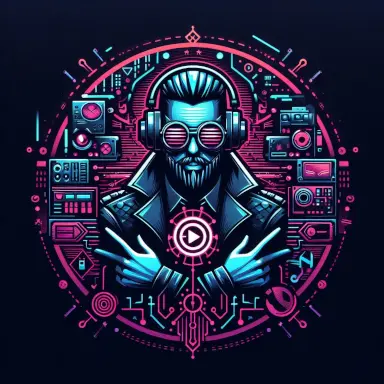Pretty obvious if you’re used any recently but confirmation is nice. Their closed captions are generally pretty terrible as well.
Although it seems likely that Crunchyroll uses an LLM for translation in some way, I wouldn’t call that “confirmed” since that might be the result of an individual translator using it.
The actions of an employee, when reviewed and released by a company, are the actions of that company. A company is just the sum of its employees’ actions.
Also, LLM have been there for a while. So there are a few possible situations
- LLM used is authorized or even encouraged. In this case it’s the company
- LLM use is controlled, and this falls into one of the authorized cases. Same thing really. Also their authorized use cases need review
- LLM use is forbidden, or restricted and this is not an authorized use. In this case it falls on the company to review what’s being done. It’s their responsibility.
So yeah, whatever the situation, it’s on Crunchyroll.
As someone who is able to speak Japanese, I’d notice the drop in quality of translation almost instantly.
I never turn on subs anyway when I watch my anime though.
I have to since my partner doesn’t speak Japanese, but half the time I end up having to correct lines for them once or twice, to make things make sense. The non-egregious stuff I don’t even bother with. It’s crazy how amateurish some of the mistakes are, or even what are clearly choices to omit entire sentences, for no reason.
おい、ゆうじ君、海行こうぜ
“Hi Yuji!”
君
As someone who learns japanese. Is that a kanji for a honorific? probably kun? ゆうじ is the name, although weird that it is written in hiragana I guess… But I fail at this one 海行こうぜ
The first Kanji has the one for mother as part of it I think… And the second one is pronounced it ‘i’ so …iikouze ? Let’s go somewhere?
Yes, 君 is ‘kun’ when used as an honorific.
海 is ‘umi’, or sea/ocean. You are correct that the second half of the kanji (母) is the same as the standalone character for mother, but it’s base radical is ⽏, which also just means mother. The first radical, ⺡, means water/ liquid, so you can sort of infer that “water mother” = ocean. Not all kanji work out this nicely with their radical structure, though.
Last part is spot on, ikou (行こう) is the shortened (conjugation?) of iku or ‘to go’ that expresses a suggestion to do, i.e. “let’s (go)”.
Thanks for the feedback, seems my efforts weren’t entirely wasted :D Interesting, that the Kanji for water itself does not contain that rqficale (unless you squint heavily) What’s the difference to Ikkimashou? Isn’t that the suggestive form? As in ‘we should go’
I feel like this is a reasonable use of chat gpt.
For YouTube tutorial videos I have no issue with relying on GPT, but I think it’s important to recognize that the translation of art is art. I don’t feel good about the idea of something without a soul or perspective interpolating a work of art from one culture and language into another that might be wildly different from where it started.
That all said, I think Crunchyroll and anyone else using AI art without disclosing it absolutely should be honest about it.
I feel like what makes the most sense and is likely what’s happening is that ChatGPT is being used to do the initial translation, and then a human is auditing that translation and making adjustments. So just a faster way to get the scaffolding and grunt-work out of the way.
they appear to be copying direct translations from chat GPT in to the subtitles, judging by the fact that one of the subtitles said “Chat GPT says:” and then the line in German. People who speak German also noticed that the grammar and sentence structure for many of these shows has been awful and nonsensical at times.
If anyone is doing any sort of oversight, they don’t appear to speak German them selves and are just betting that the output will be accurate and pasting it in.
Someone who spoke German and Japanese fluently enough to do competent oversight could probably translate faster than they could edit and rephrase the work of an LLM, which are notoriously bad at translating languages in a high context situation like dialog in a animated show. LLMs are also generally very bad with high context languages like Japanese, and even worse at translating between them and low context languages like German.
Both translation and subtitles have highly efficient tooling when in the hands of a professional. Translators nowadays use a mix and will build up a dynamic database as they go through a corpus that needs coherence. What’s bad in this instance is not the usage of some AI, but of a badly adapted AI and ultimately of mediocre results which gives an amateurish impression.








